Nissan Qashqai vs Toyota Yaris Cross – Hvilken bil er det beste valget?
Begge modellene har sine styrker – men hvilken passer best for deg?
Sammenlign ytelse, forbruk, pris og plass direkte: Nissan Qashqai eller Toyota Yaris Cross?
In the ever-evolving world of compact SUVs, the battle between the Nissan Qashqai and Toyota Yaris Cross continues to heat up, offering drivers a blend of performance, efficiency, and style. Both vehicles have their unique offerings and innovations that cater to modern-day needs. In this comprehensive comparison, we delve into their specifications, performance metrics, and innovative features that stand out in the crowd.
Design and Dimensions
The Nissan Qashqai measures 4425 mm in length, 1835 mm in width, and 1625 mm in height, making it a slightly larger player in this segment. In comparison, the Toyota Yaris Cross, while more compact, stands at 4180 mm in length, 1765 mm in width, and 1595 mm in height. This difference in dimensions allows the Qashqai to boast a more spacious trunk with a capacity of 504 liters versus the Yaris Cross's 397 liters, providing more room for luggage and gear.
Powertrain Performance
In terms of engine options, the Qashqai comes with a variety of powertrains, including petrol mild hybrid (MHEV) and full hybrid configurations. It offers options that peak at 190 HP, with impressive torque figures ranging from 240 Nm to 330 Nm, depending on the engine variant. The Yaris Cross, on the other hand, features a full hybrid engine that provides up to 130 HP and a torque of approximately 120 Nm, making it less powerful than its competitor.
Fuel consumption is another critical factor where the Qashqai sees a variation; depending on the engine, it ranges between 5.1 to 6.8 L/100km. The Yaris Cross, famed for its efficiency, stands out with its consumption figures of 4.5 to 4.8 L/100km. This impressive fuel economy solidifies the Yaris Cross as a viable option for eco-conscious drivers.
Transmission and Acceleration
The Qashqai offers a more versatile approach with both manual and automatic transmission options, including a CVT variant. It shows off acceleration times as swift as 7.9 seconds for the sportier configurations, making it a thrilling choice for performance lovers. Conversely, the Yaris Cross, with its sole CVT automatic transmission, registers 0-100 km/h times between 10.7 and 11.3 seconds, which, while respectable, falls behind the brisk performance of the Qashqai.
Driving Dynamics and Safety
Both vehicles offer front-wheel drive capabilities, with the Qashqai providing an all-wheel-drive option for enhanced traction under challenging conditions. The Nissan Qashqai also boasts a higher top speed, reaching up to 206 km/h compared to the Yaris Cross's maximum of 170 km/h. This aspect, combined with the Qashqai’s robust torque figures, contributes to a sportier driving experience.
Safety is a priority for both manufacturers. The Qashqai is built on Nissan’s latest platform, integrating a suite of advanced safety features and driver assistance technologies that enhance security and stability on the road. The Yaris Cross also emphasizes safety, equipped with the Toyota Safety Sense suite, ensuring that drivers can confidently navigate through various driving conditions.
Interior Comfort and Technology
Inside, both SUVs offer an inviting cabin with ample space and modern design. The Qashqai is aligned with contemporary aesthetics, featuring a high-quality, comfortable interior that accommodates five passengers. It also includes innovative tech features such as a large touchscreen infotainment system, digital instrumentation, and smart connectivity options.
The Yaris Cross, while slightly smaller, does not compromise on comfort. It boasts a smartly designed cockpit that complements its eco-friendly ethos, incorporating sustainable materials where possible. It comes equipped with Toyota’s infotainment system and offers excellent connectivity features, though it might feel slightly simpler compared to the tech-forward Qashqai.
Conclusion: Choosing the Right Compact SUV
Ultimately, the choice between the Nissan Qashqai and Toyota Yaris Cross boils down to preferences: performance versus efficiency. The Qashqai stands out with its power, versatility, and spaciousness, while the Yaris Cross impresses with its eco-friendly credentials, compact size, and bustling tech features. Both vehicles cater to modern drivers' needs but excel in different areas, allowing consumers to choose based on their priorities. Whether you value spirited driving or optimal fuel efficiency, these contenders are worth considering in the compact SUV market.
Her blir det konkret: De tekniske forskjellene i detalj
Kostnader og forbruk: Pris og effektivitet er ofte de første kriteriene ved bilkjøp. Her ser man hvilken modell som lønner seg på sikt – enten det gjelder drivstoff, lading eller innkjøpspris.
Toyota Yaris Cross har et klart synlig prisfortrinn – den starter på 27600 €, mens Nissan Qashqai koster 34300 €. Forskjellen er omtrent 6650 €.
Også når det gjelder drivstofforbruk, ser vi forskjeller: Toyota Yaris Cross klarer seg med 4.50 L og er dermed noe mer drivstofføkonomisk enn Nissan Qashqai, som bruker 5.10 L. Forskjellen er omtrent 0.60 L per 100 km.
Motor og ytelse: Effekt, dreiemoment og akselerasjon er klassiske mål for bilentusiaster – og her kommer forskjellene tydelig fram.
Når det gjelder motoreffekt, har Nissan Qashqai et tydelig overtak – 190 hk mot 130 hk. Det tilsvarer en forskjell på omtrent 60 hk hk.
I akselerasjon fra 0 til 100 km/t er Nissan Qashqai merkbar raskere – 7.90 s mot 10.70 s. Forskjellen er omtrent 2.80 s.
Når det gjelder toppfart, ligger Nissan Qashqai i liten grad foran – den når 206 km/h, mens Toyota Yaris Cross stopper på 170 km/h. Forskjellen er omtrent 36 km/h.
Plass og praktiske egenskaper: Utover rå ytelse teller hverdagskomfort mest. Her avgjøres det hvilken bil som er mest praktisk og allsidig.
Begge bilene har plass til 5 personer.
Når det gjelder egenvekt, er Toyota Yaris Cross klart synlig lettere – 1180 kg mot 1420 kg. Forskjellen er omtrent 240 kg.
Når det gjelder bagasjeromsplass, tilbyr Nissan Qashqai påfallende mer plass – 504 L mot 397 L. Forskjellen er omtrent 107 L.
Ved maksimal lastekapasitet scorer Nissan Qashqai påfallende bedre – opptil 1447 L, omtrent 350 L mer enn Toyota Yaris Cross.
Også når det gjelder nyttelast, vinner Nissan Qashqai nesten umerkelig – 520 kg mot 510 kg. Forskjellen er omtrent 10 kg.
Alt i alt viser Nissan Qashqai seg å være overgår på nesten alle punkter og sikrer seg dermed tittelen som DriveDuel Champion.
Den utmerker seg med en bedre totalpakke og er den mest allsidige bilen i hverdagen.
Nissan Qashqai
Nissan Qashqai har lenge vært en favoritt blant SUV-entusiaster i Norge, takket være sitt stilige design og praktiske interiør. Med forbedret komfort og moderne teknologi, tilbyr denne modellen en behagelig kjøreopplevelse både i byen og på langtur. Qashqai imponerer også med sin allsidighet, noe som gjør den til et populært valg for familier og aktive livsstiler.
detaljer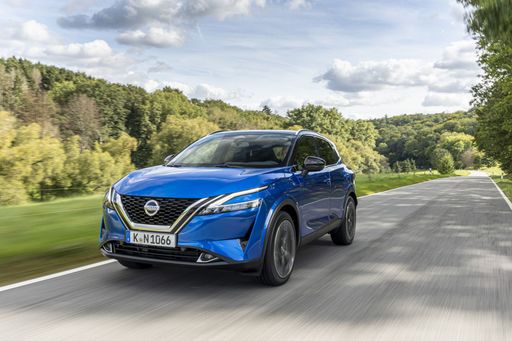 @ Nissan
@ Nissan
 @ Nissan
@ Nissan
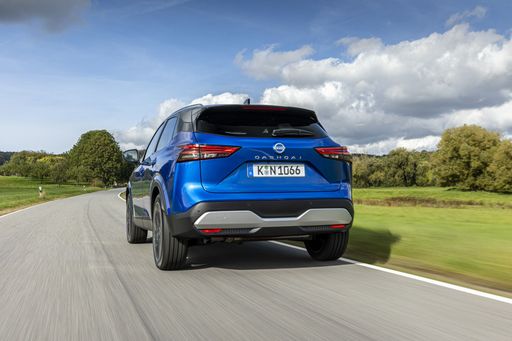 @ Nissan
@ Nissan
 @ Nissan
@ Nissan
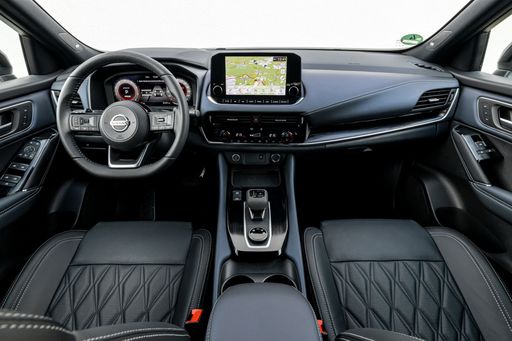 @ Nissan
@ Nissan
Toyota Yaris Cross
Toyota Yaris Cross kombinerer kompakt størrelse med et sporty design, noe som gjør den til en ideell bybil. Med høyere bakkeklaring og brennstoffeffektive motoralternativer, er denne SUV-en både praktisk og stilfull. Interiøret tilbyr moderne teknologi og komfortable sitteplasser, som gjør kjøreturen både behagelig og underholdende.
detaljer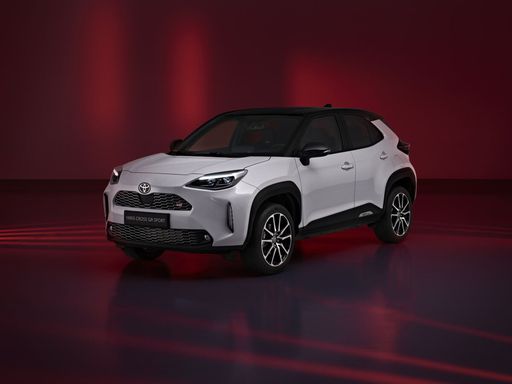 @ Toyota
@ Toyota
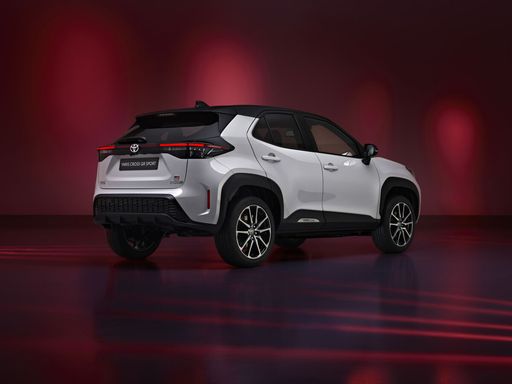 @ Toyota
@ Toyota
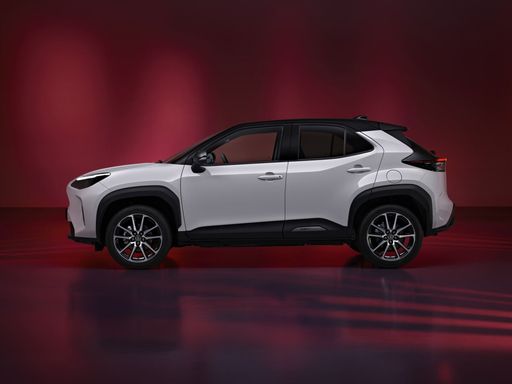 @ Toyota
@ Toyota
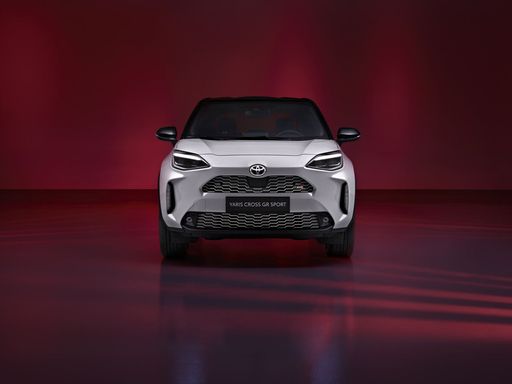 @ Toyota
@ Toyota
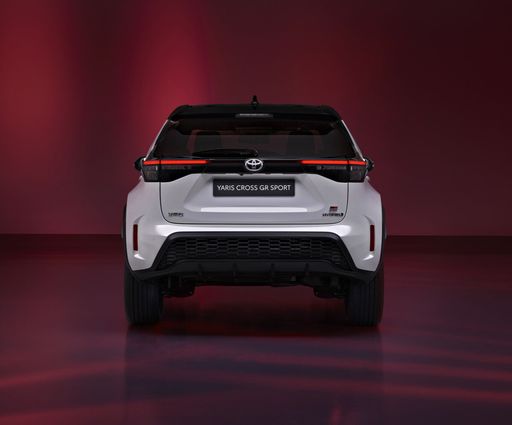 @ Toyota
@ Toyota
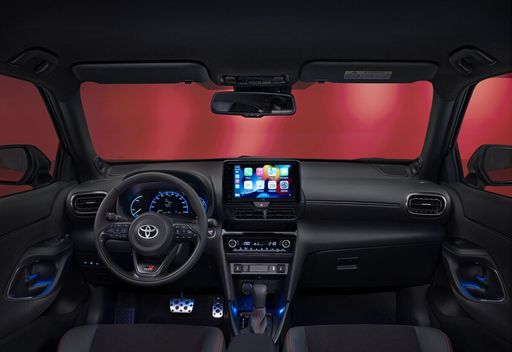 @ Toyota
@ Toyota
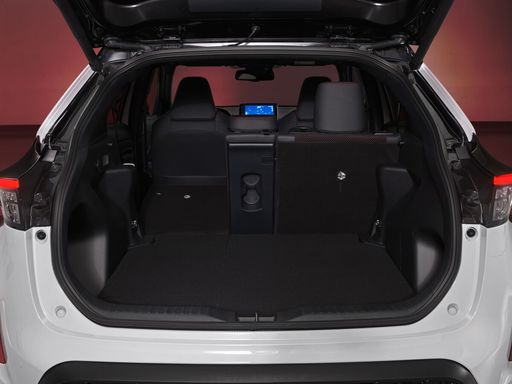 @ Toyota
@ Toyota

|

|
|
|
|
Kostnader og forbruk |
|
|---|---|
|
Pris
34300 - 49600 €
|
Pris
27600 - 40000 €
|
|
Forbruk L/100km
5.1 - 6.8 L
|
Forbruk L/100km
4.5 - 4.8 L
|
|
Forbruk kWh/100km
-
|
Forbruk kWh/100km
-
|
|
Elektrisk rekkevidde
-
|
Elektrisk rekkevidde
-
|
|
Batterikapasitet
-
|
Batterikapasitet
-
|
|
co2
116 - 154 g/km
|
co2
101 - 108 g/km
|
|
Tankkapasitet
55 L
|
Tankkapasitet
36 L
|
Mål og karosseri |
|
|---|---|
|
Karosseri
SUV
|
Karosseri
SUV
|
|
Seter
5
|
Seter
5
|
|
Dører
5
|
Dører
5
|
|
Egenvekt
1420 - 1665 kg
|
Egenvekt
1180 - 1290 kg
|
|
Bagasjerom
479 - 504 L
|
Bagasjerom
320 - 397 L
|
|
Lengde
4425 mm
|
Lengde
4180 mm
|
|
Bredde
1835 mm
|
Bredde
1765 mm
|
|
Høyde
1625 mm
|
Høyde
1595 mm
|
|
Maks bagasjerom
1422 - 1447 L
|
Maks bagasjerom
1097 L
|
|
Nyttelast
466 - 520 kg
|
Nyttelast
485 - 510 kg
|
Motor og ytelse |
|
|---|---|
|
Motortype
Bensin MHEV, Full hybrid
|
Motortype
Full hybrid
|
|
Girkasse
Manuel, Automat
|
Girkasse
Automat
|
|
Gir detalj
Manuell girkasse, CVT-girkasse, Reduksjonsgir
|
Gir detalj
CVT-girkasse
|
|
Drivtype
Forhjulsdrift, Firehjulsdrift
|
Drivtype
Forhjulsdrift, Firehjulsdrift
|
|
Effekt hk
140 - 190 hk
|
Effekt hk
116 - 130 hk
|
|
Akselerasjon 0-100km/t
7.9 - 10.2 s
|
Akselerasjon 0-100km/t
10.7 - 11.3 s
|
|
Maks hastighet
170 - 206 km/h
|
Maks hastighet
170 km/h
|
|
Dreiemoment
240 - 330 Nm
|
Dreiemoment
-
|
|
Antall sylindre
3 - 4
|
Antall sylindre
3
|
|
Effekt kW
103 - 140 kW
|
Effekt kW
85 - 96 kW
|
|
Slagvolum
1332 - 1497 cm3
|
Slagvolum
1490 cm3
|
Generelt |
|
|---|---|
|
Modellår
2024
|
Modellår
2024 - 2025
|
|
CO2-effektivitetsklasse
E, D
|
CO2-effektivitetsklasse
C
|
|
Merke
Nissan
|
Merke
Toyota
|
Er Nissan Qashqai tilgjengelig med ulike drivtyper?
Finnes som Forhjulsdrift eller Firehjulsdrift.
De viste prisene og dataene er estimater basert på tyske listepriser og kan variere avhengig av land. Denne informasjonen er ikke juridisk bindende.
